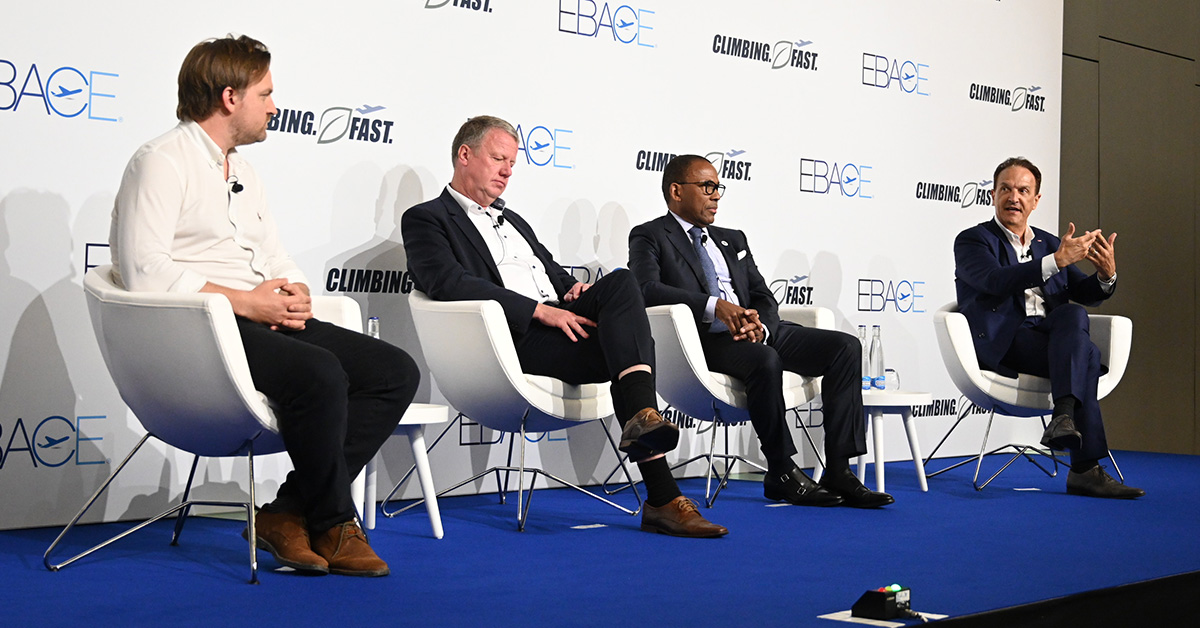EBACE Newsmakers: AAM CEOs Discuss User Experience, Costs and Maintenance
28 May 2024

With several advanced air mobility (AAM) aircraft on track to enter service by next year, CEOs met to share updates and insights on this innovative zero- or low-emission technology at the 2024 European Business Aviation Convention & Exhibition (EBACE2024).
The 28 May Newsmakers Luncheon included executives from hybrid-electric aircraft developer VoltAero as well as eVTOL developers Archer Aviation and Lilium Air Mobility.
During the wide-ranging discussion, the CEOs revealed details about the aircraft user experience – including costs and user case scenarios.
CEO Klaus Roewe, of Germany-based Lilium, explained that because the relatively large Lilium Jet eVTOL can seat up to six passengers, it has a lower operating cost.
“We want to make it very affordable for the broader public,” he said. Although there will be a four-passenger variant, for the six-passenger model Roewe said, “We are striving for less than two euros (or dollars) per passenger.” He added that the four-passenger Lilium Jet is expected to enter service in 2026, with its six-passenger model a year later. The company is displaying its eVTOL for the first time at EBACE this week.
A primary user-case for California-based Archer Aviation’s Midnight eVTOL is to offer effective and zero-emission travel in large, congested cities, by providing quick hops over traffic-clogged roads and highways, said Billy Nolen, Archer’s chief regulatory affairs officer. “Will it happen all at once? No, not really,” Nolen said. “But as we get to scale, it will be accessible. Is this the purview of the rich? Absolutely not. As we come to market, you’re probably talking something at an Uber Black price,” for each flight. Later, Nolen said he expects the price to drop as Archer scales up.
Hybrid-Electric
Jean Botti, CEO and CTO at France-based VoltAero, which plans to ever service with its Cassio hybrid-electric in 2025, said the user case is multifaceted. “In addition to transporting passengers, user cases might include emergency evacuation and carrying goods,” Botti said.
The Cassio – which is also on display at EBACE – has a hybrid-electric design that allows it to be more assessable and flexible when it comes to available fuel. Operators have the option of using electric chargers or using traditional fuels. “When you buy our aircraft in a premium package, it comes with chargers that we are going to install,” said Botti. “We also don’t want to be operating infrastructure. But we are consulting and we are partnering.”
Roewe said Lilium wants its product “to be as simple as possible. Our aircraft hardly has any moving parts, so it’s almost maintenance free.”
Nolen, a former FAA acting administrator, mentioned multiple U.S. government agencies who are watching the AAM sector carefully and offering guidance. “You’ve got all of these interested stakeholders to say: ‘What is it that we need to do to ensure not only that you get this industry off the ground, but it’s in a sustainable way going forward?’ And I think that’s the case for us. It’s a very strategic approach.”
As for the future, Lilium is thinking bigger and longer-range. “By 2040, you will be able to fly 2,000 kilometers with 100-seater aircraft, battery powered, highly efficient, with 75% of primary energy used,” Roewe said. “This is basically where we want to go in the long term.”


